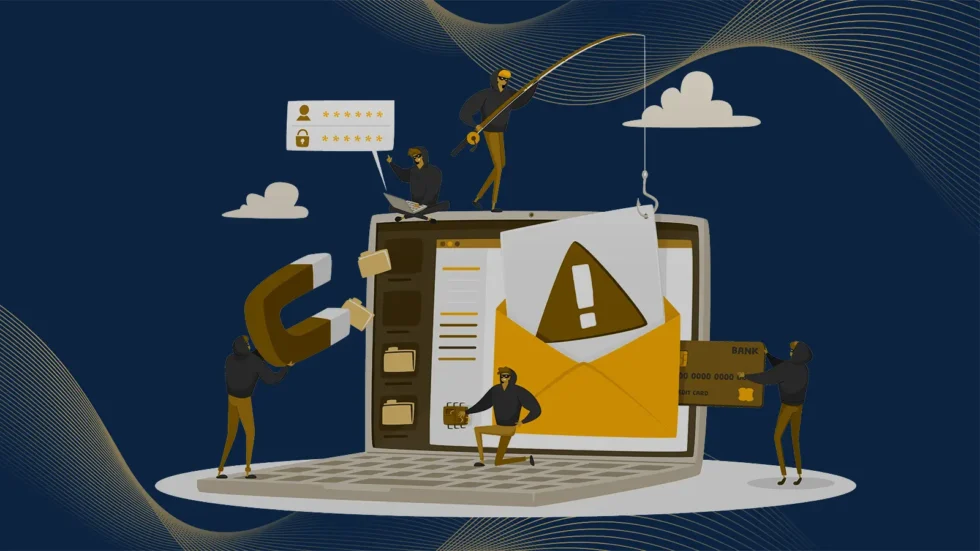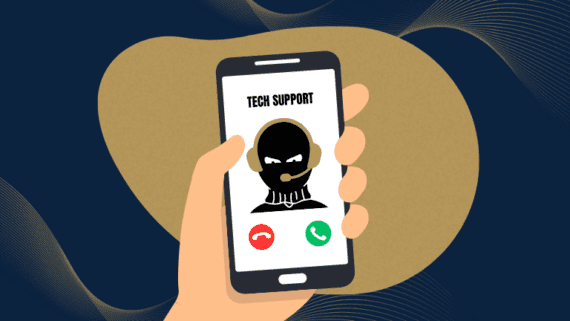
Watch Out for These Phishing and Social Engineering Techniques
As a business owner, you understand the risks that phishing and social engineering attacks pose to your business. But the challenge now for leaders like you is that these threats are constantly evolving and have become more sophisticated than ever.
What should concern you most is that hackers are targeting your employees. One mistake by an untrained employee can have serious financial and reputational damage. That’s why you should make awareness your first line of defense.
In this blog, we’ll show you what to watch out for. The better you understand these phishing and social engineering techniques, the better you’ll be able to protect your business.
Common tactics used by attackers
Gone are the days when bad grammar was a telltale sign of a phishing attempt. Thanks to AI, hackers have levelled up their game. Here are some common tactics they’re using to lure their victims:
URL spoofing: Imagine walking into your favorite ice cream shop to discover that it only looks familiar because the store copied the logo and brand colors, but it’s actually a fake store. Similarly, hackers overlay the image of an authentic website with a malicious link. The website uses the logo, URL, color and branding of a trusted website to trick you into revealing sensitive information.
Link manipulation: To carry out this type of scam, hackers create links that appear legitimate until you look closely. You may have clicked the link and expected it to take you to one website, but the link will direct you to a malicious website. It’s dangerous because a single click could launch malware or steal sensitive data without you realizing it.
Link shortening: Most of us have used link shorteners because they’re convenient. For cybercriminals, link shorteners are a way to inject dangerous malware or steal data. That’s why it’s important to preview any link before clicking on it; otherwise, you won’t know if you’re getting directed to a trusted website or a phishing trap.
AI voice spoofing: This is a really scary one and can challenge your idea of what is real. Cybercriminals are now using AI-based technology to imitate anyone’s voice. They can trick you into believing that you’re talking to someone from your family or work. Imagine your son or your boss calling you asking for money or asking you to share a password. Wouldn’t you want to help? These calls feel urgent and real, and that’s exactly how these scammers trick you.
Beat the hackers by staying a step ahead
Phishing and social engineering attacks count on the fact that your employees are human and that they’re going to make mistakes. That’s why you have to be one step ahead. As an experienced IT service provider, we understand that your business security needs to stay resilient even as phishing attacks evolve.
Let’s start by building a stronger human shield. Do you need help training your employees? Reach out to us today to develop a security awareness program that’s best suited for your business needs!



